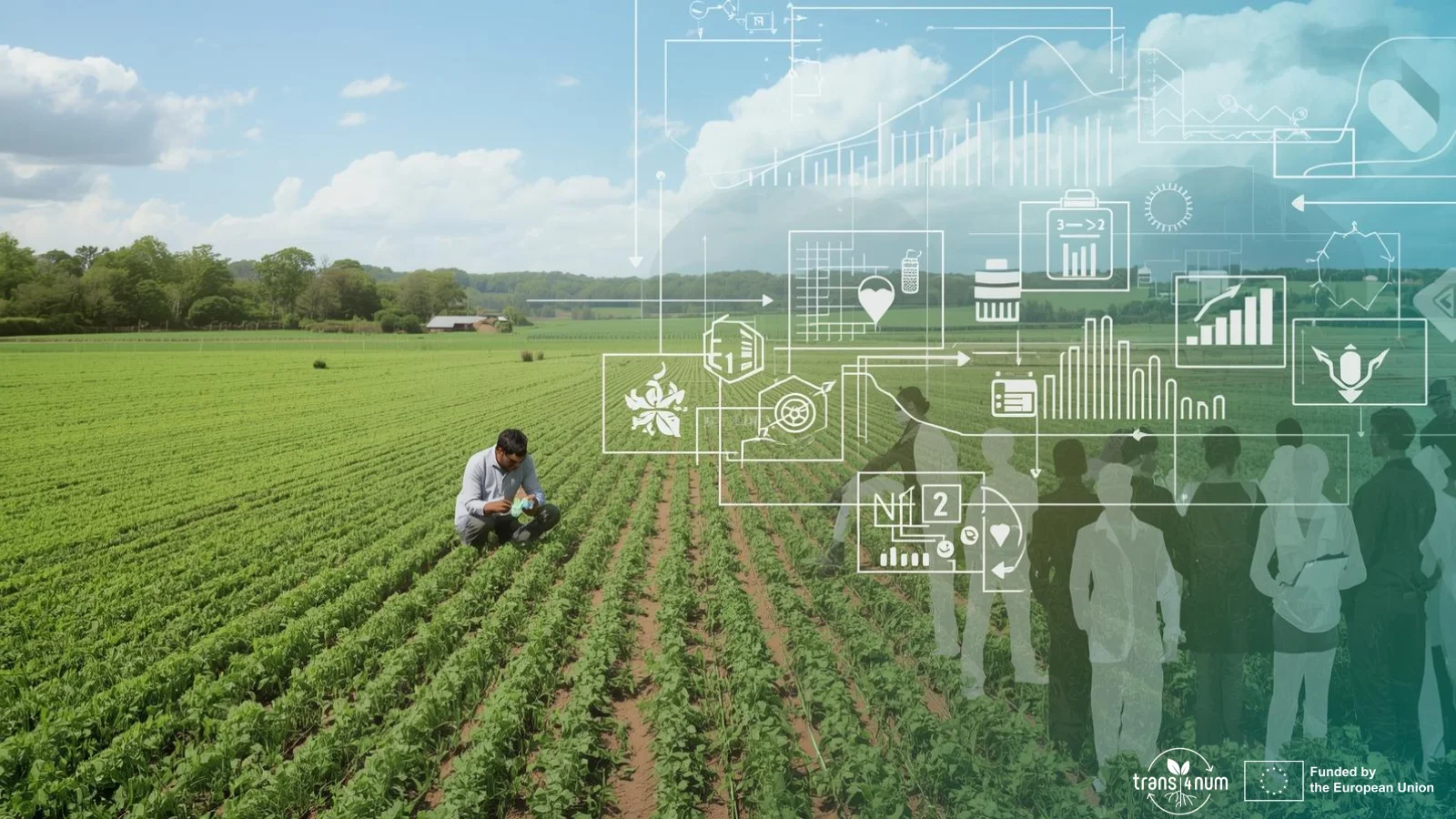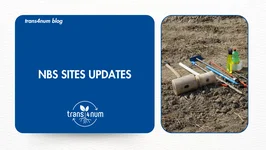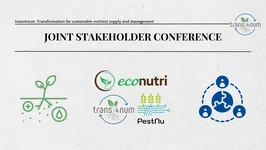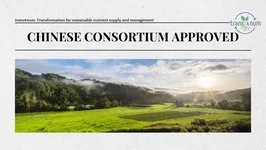| Project coordinator
As the trans4num project enters its final year the consortium stands at a pivotal moment. What began as an ambitious effort to transform nutrient management through Nature-based Solutions (NBS) has evolved into a coordinated European network linking science, practice, and policy.
Over the past three years, partners across Denmark, Hungary, the Netherlands, the United Kingdom, and China have tested innovative pathways to make agriculture more circular, resilient, and climate-smart. The year ahead will focus on integrating these results into actionable models, stakeholder engagement processes, and policy dialogues that can guide future agri-food transformations in Europe and beyond.
trans4num’s vision has been clear from the start: to develop and test NBS that enhance nutrient efficiency, reduce environmental pressures, and strengthen food system resilience. Across diverse agricultural contexts, from the Limfjord catchment in Denmark to the Szigetköz region in Hungary, the project has explored how sustainable practices can align with social, economic, and policy realities.
The Nature-based Solutions tested under trans4num include perennial biomass rotations, bio-based fertilisers, no-tillage and cover crops, plant-based fertilisation, and waste-derived composts. Together, these approaches demonstrate how nutrient cycles can be closed locally, how dependency on synthetic inputs can be reduced, and how environmental goals can be met without compromising productivity.
But trans4num is not only about technologies. It is about transformations, the complex processes through which farming practices, value chains, and governance systems evolve together toward sustainability.
Throughout 2025, the project has focused on linking the experimental work at NBS sites with modelling, policy, and stakeholder engagement activities.
- The transdisciplinary developed Decision Support Tool (DST) has reached advanced stages, providing interactive ways to explore trade-offs, policy scenarios, and potential land-use changes.
- The Agent-Based Modelling (ABM) simulates how different types of actors (farmer, advisors, industries and policymakers) make decisions and interact within regional food and nutrient systems. The ABM helps explore how NBS could spread across agricultural landscapes under varying social and market conditions.
- The food system model, now connects local findings with national and EU-level perspectives, assessing how different nutrient management strategies influence food security, emissions, and land use.
- The social science team has harmonised stakeholder engagement methodologies across sites, ensuring that qualitative insights and quantitative data inform one another.
This integration has strengthened trans4num’s position as a unique transdisciplinary project , one that combines agronomy, socio-economics, and system modelling to support real-world decision-making.
In trans4num, we view innovations as more than just technical fixes. They are part of innovation processes that combine:
- Hardware: the technologies themselves
- Software: the learning, skills, and adaptation of farmers, and
- Orgware: the new collective arrangements and practices that make adoption possible.
By working together across disciplines, countries, and sectors, we are not only testing innovations but also mapping out what we call transformation pathways, the routes that can take promising practices from local pilots to wide-scale adoption. This requires bridging knowledge gaps, aligning different interests, and connecting decision-making from the farm to regional and European levels.
Each NBS site developed a storyline, a structured narrative that connects scientific results with the broader transformation pathways they represent. These stories capture not only the technical progress made, but also the social, cultural, and policy dimensions of change.
- In Denmark, the focus is on circular biomass systems linking farmers, biorefineries, and policymakers to meet stringent nitrogen reduction targets.
- In Hungary, experiments in Szigetköz show how crop rotations and biofertilisers can improve soil health and biodiversity while empowering local communities.
- In the Netherlands, plant-based fertilisation offers new perspectives for nutrient circularity in intensive arable systems.
- In the UK, compost and recycled fertilisers demonstrate the potential to reduce dependence on finite resources while improving soil carbon and resilience.
These stories will feed into upcoming deliverables and communication materials, including policy briefs and practice abstracts.
As the project transitions from research to synthesis, the focus shifts to impact and legacy. The final year will be dedicated to:
- Testing and refining the models with stakeholders at regional and national levels;
- Developing policy briefs and practice materials that translate insights into actionable recommendations;
- Strengthening dissemination and clustering with related Horizon Europe projects;
- Preparing the final trans4num hackathons and policy dialogues in Europe and China to consolidate the project’s international cooperation dimension.
The consortium’s collaborative spirit will remain key to delivering these outcomes.
trans4num’s contribution extends beyond its immediate results. It offers a model for how research, innovation, and engagement can work together to address one of Europe’s central agricultural challenges: balancing productivity with environmental integrity. By connecting field-level experiments with systemic modelling and stakeholder co-design, the project is shaping a framework for nutrient-smart transitions that can inform the next generation of European agricultural policy and practice.
As the final year unfolds, trans4num’s mission is clear: to turn knowledge into transformation and leave behind tools, models, and partnerships that continue to guide sustainable nutrient management well beyond 2026.
Andrea Knierim
trans4num Project Coordinator
Univeristy of Hohenheim




